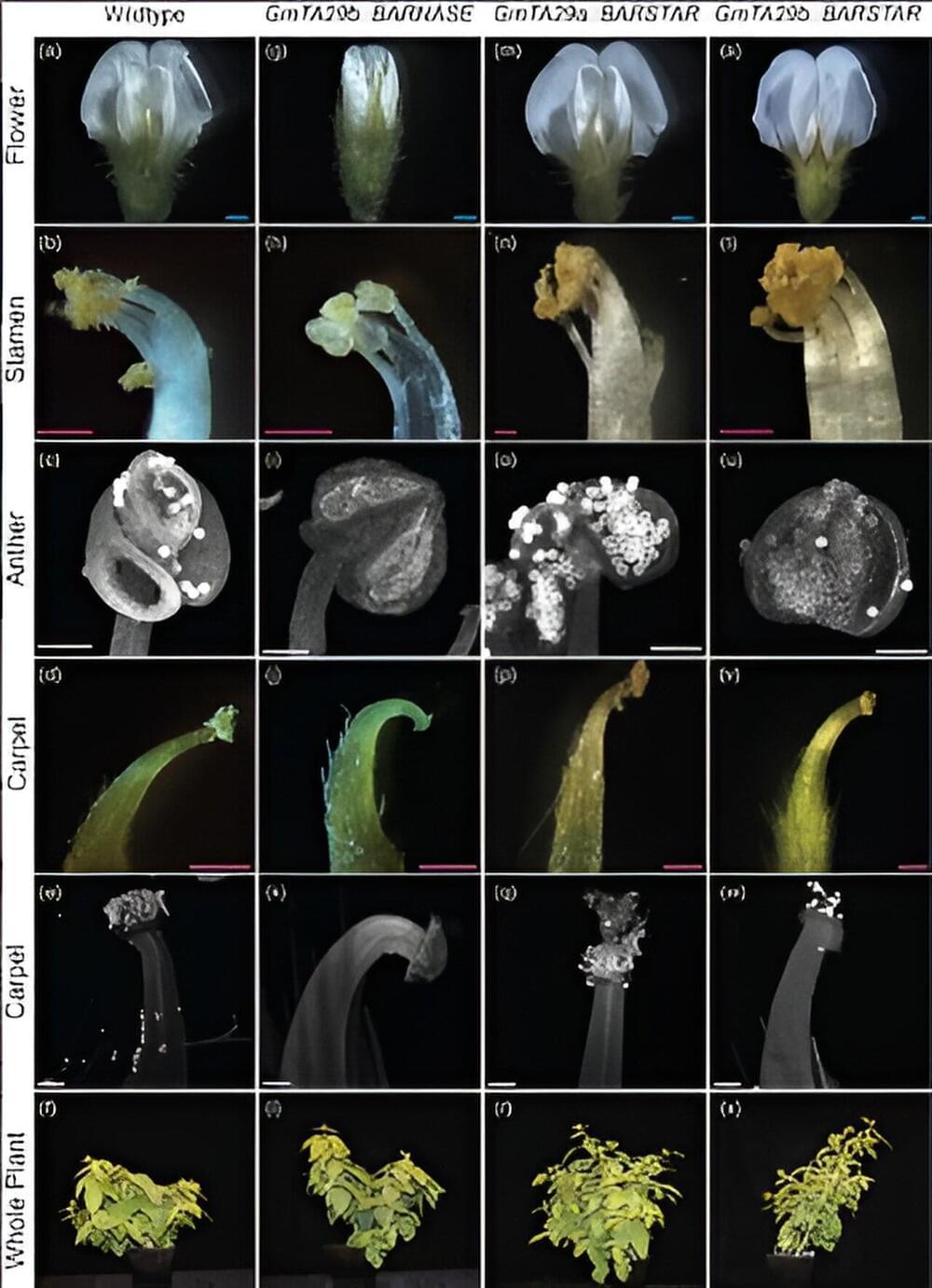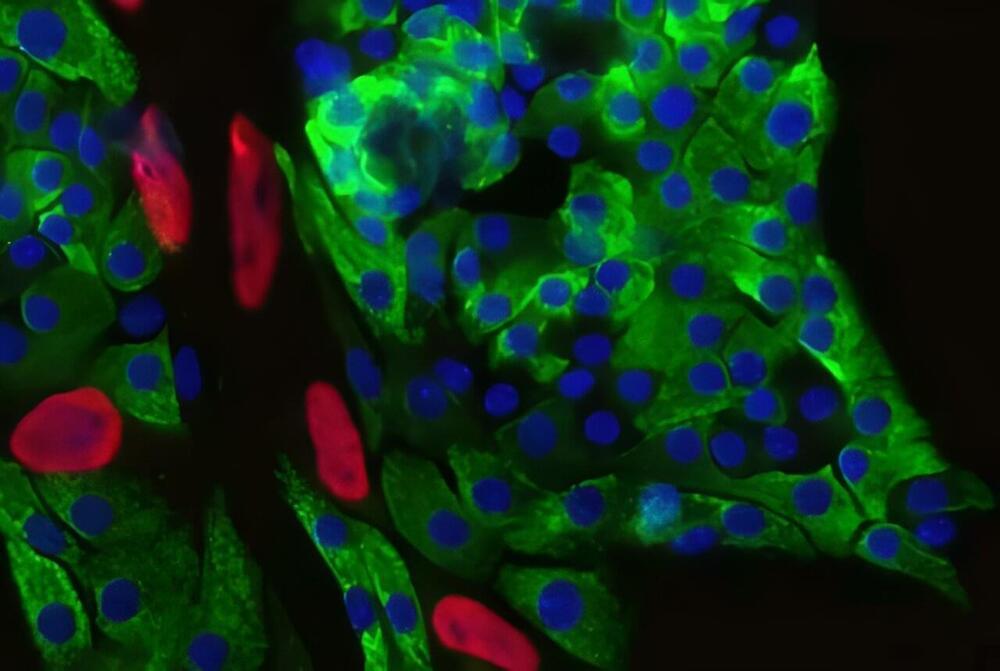It sounds like a smartphone without a screen, and it will have a $24 / month subscription on top of it.
Humane has been teasing its first device, the AI Pin, for most of this year.
Humane is trying to invent a new way to use your mobile devices.


Meta has joined forces with Hugging Face, an open source community-driven platform that hosts machine learning models and tools, and Scaleway, European cloud leader for AI infrastructures, to launch the “AI Startup Program”, an initiative aimed to accelerate the adoption of open-source artificial intelligence solutions within the French entrepreneurial ecosystem. With the proliferation of foundation models and generative artificial intelligence models, the aim is to bring the economic and technological benefits of open, state-of-the-art models to the French ecosystem.
Located at STATION F in Paris, the world’s largest startup campus, and with the support of the HEC incubator, the programme will support 5 startups in the acceleration phase, from January to June 2024. A panel of experts from Meta, Hugging Face and Scaleway will select projects based on open foundation models and/or demonstrating their willingness to integrate these models into their products and services.
The startups selected will benefit from technical mentoring by researchers, engineers and PhD students from FAIR, Meta’s artificial intelligence research laboratory, access to Hugging Face’s platform and tools, and Scaleway’s computing power in order to develop their services based on open source AI technology bricks. In addition to LLMs – large language models – startups will also be able to draw on foundation and research models in the field of image and sound processing. Applications are open until 1 December 2023.

Soybean (Glycine max) is one of the most economically and societally impactful crops in the world, providing a significant percentage of all protein for animal consumption on a global scale, and playing key roles in oil production, manufacturing, and biofuel applications. In 2022, an estimated 4.3 billion bushels of soybeans were produced in the United States, a decrease of almost 200 million bushels compared to the previous year.
To keep up with the growing demand for soy-based animal feed, the USDA projects soybean acreage will increase by 19.6% by 2032. Hybrid breeding in soybean has the potential to increase the productivity of one of the most planted and consumed crops in the Americas, yet it has remained largely unexplored.
New research by scientists at the Donald Danforth Plant Science Center and Cornell University provides a key enabling technology to produce obligate outcrossing in soybean. The newly published study, “Introduction of barnase/barstar in soybean produces a rescuable male sterility system for hybrid breeding” in the Plant Biotechnology Journal, has revealed that obligate outcrossing with the Barnase/Barstar lines provides a new resource that can be used to amplify hybrid seed sets, enabling large-scale trials for heterosis in this major crop.

The D’Onghia magnetic shielding crew hat, or CREW HaT, is a system that uses electromagnetic coils to deflect cosmic radiation from astronauts. The system consists of:
A ring of electrical coils positioned on arms roughly 5 meters from the spacecraft’s main body A Halbach Torus, a circular array of magnets that creates a stronger field on one side while reducing the field on the other side Superconducting tapes When turned on, the system forms an extended magnetic field outside the spacecraft that deflects the cosmic radiation.


Research published in Science Advances is the first to use a sophisticated human tissue model to explore the interaction between host and pathogen for six common species that cause urinary tract infections. The findings suggest that the “one size fits all” approach to diagnosis and treatment currently used in most health care systems is inadequate.
Urinary tract infection (UTI) is a growing problem, with around 400 million global cases per year and an estimated 250,000 UTI-related deaths associated with antimicrobial resistance (AMR). Although UTI is often perceived as a simple bacterial infection, 25–30% of UTIs recur within six months despite antibiotic therapy for reasons that are poorly understood.
A condition that primarily affects women, UTI has been historically understudied and underfunded, with no improved anti-infective treatments introduced since Alexander Fleming discovered antibiotics nearly a century ago. Diagnosis primarily rests on the midstream urine culture method (dipstick test), an early 20th century technique that is known to miss many infections.

Researchers at Weill Cornell Medicine have uncovered a novel route to stimulate the growth of healthy insulin-producing pancreatic beta cells in a preclinical model of diabetes. The findings hold promise for future therapeutics that will improve the lives of individuals with type 2 diabetes—a condition that affects more than half a billion people worldwide.
This study, published in the Journal of Clinical Investigation on Sept. 15, demonstrated that activating a pathway to promote cell division not only expanded the population of insulin-producing cells, but surprisingly, it also enhanced the cells’ function.
“That’s reassuring because there is a long-standing belief in the field that proliferation can lead to ‘de-differentiation’ and a loss of cell function,” said study senior author Dr. Laura Alonso, chief of the division of endocrinology, diabetes and metabolism, director of the Weill Center for Metabolic Health, and the E. Hugh Luckey Distinguished Professor in Medicine at Weill Cornell Medicine. “Our result flies in the face of that dogma and suggests if we can find a way to trigger replication of the beta cells in the body, we won’t impair their ability to produce and secrete insulin.”


Thyrotoxicosis was associated with 39% higher risk for cognitive disorders.
Thyrotoxicosis, defined as a low level of serum thyroid-stimulating hormone (TSH), can result from either a primary thyroid disorder (endogenous) or overtreatment of hypothyroidism (exogenous). Evidence suggests that thyrotoxicosis is a risk factor for dementia. In this U.S. longitudinal cohort study, researchers used data from electronic health records for 66,000 people (median age, 68) without low TSH levels or cognitive disorders at baseline and evaluated whether development of thyrotoxicosis was associated with excess risk for cognitive disorders.
During the study period (2014 to 2023), 2,700 patients had low TSH levels (60% exogenous), and 4,800 patients received diagnoses of cognitive disorders. The incidence of cognitive disorders among patients with and without thyrotoxicosis were 11% and 6% at age 75, and 34% and 26% at age 85. Adjusted for multiple variables, all-cause thyrotoxicosis was associated with a significant 39% excess risk for cognitive disorders. Exogenous thyrotoxicosis — and in particular, severe exogenous thyrotoxicosis (TSH 0.1 mIU/L) — were associated most strongly with excess risk for cognitive disorders.